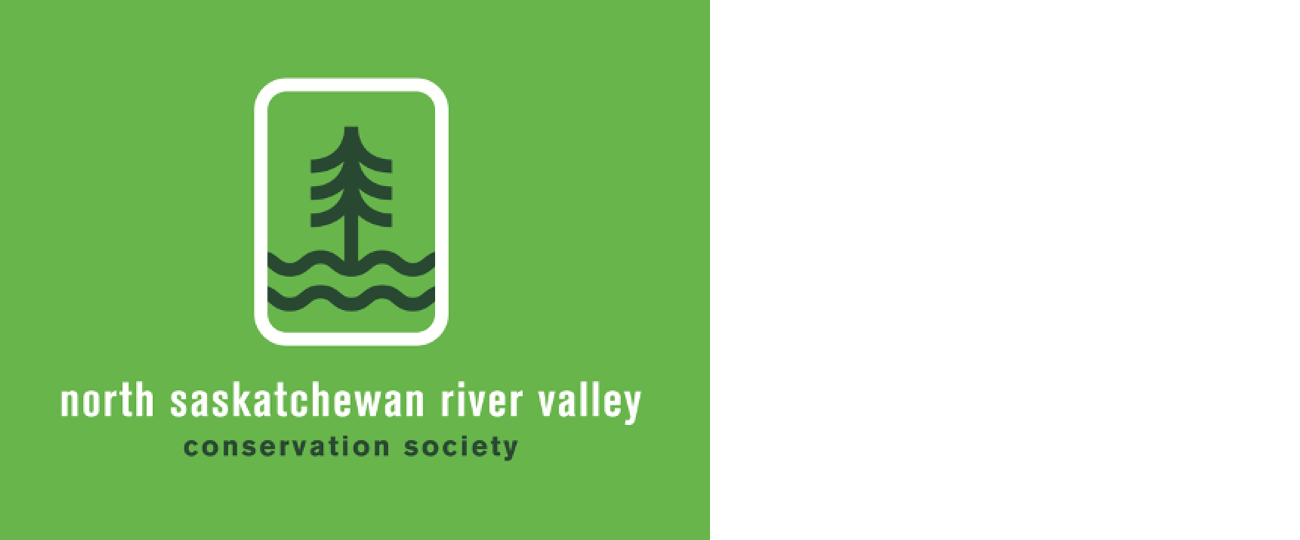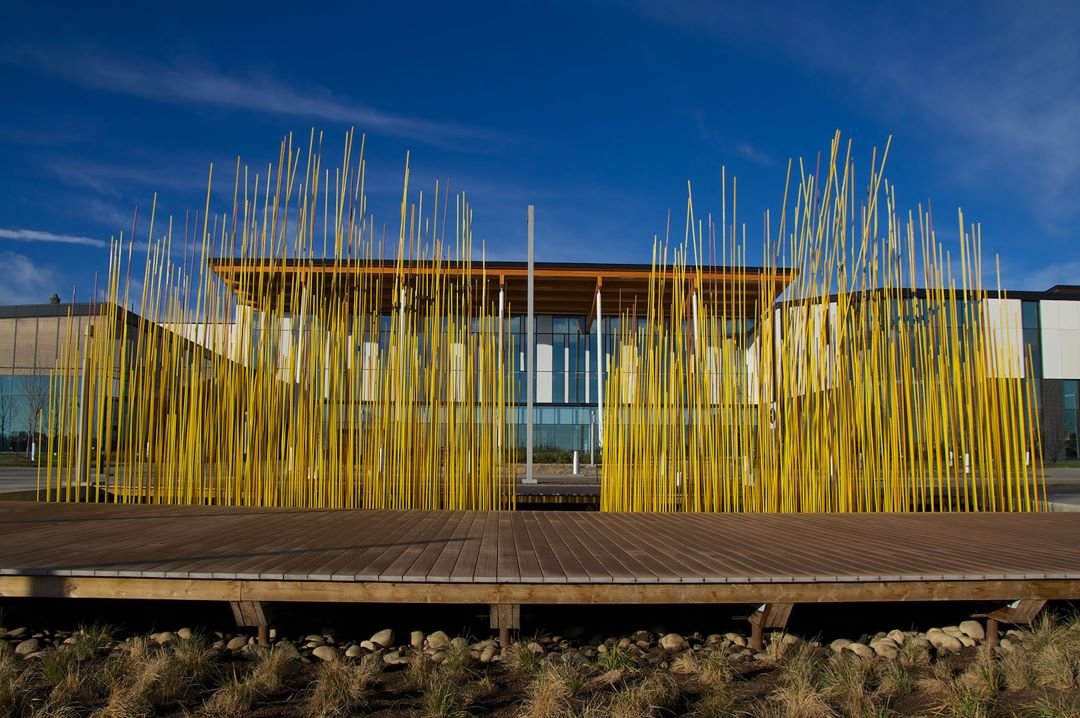Elk Island National Park featured at NSRVCS AGM
Cameron Johnson photo
The online Annual General Meeting of the North Saskatchewan River Valley Conservation Society on Monday, March 11, 2024 from 5:30 to 7:00 pm will feature a presentation by Dale Kirkland, Superintendent of Elk Island National Park.
Dale will talk about the Elk Island National Park management plan which was tabled in Parliament in December 2023. Reviewed every ten years, management plans are a requirement of the Canada National Parks Act and guide the management of national historic sites, national parks and national marine conservation areas.
Elk Island National Park is a cornerstone in ungulate conservation programs throughout North America and the world. The park has transferred more than 3,000 bison to conservation projects, including to Indigenous Nations. The park maintains the recognized healthy status of plains and wood bison herds and is home to abundant bison, elk, and moose populations.
The presentation will be followed by our AGM, which will feature a brief overview of the society’s activities in 2023, an update of its financial situation and the election of the Board of Directors. To attend the presentation, please RSVP to nsrivervalley@gmail.com
Women have always been part of the landscape of winter sport
The Ski Like a Girl research team at the UofA are working to ensure the history of women and girls in Nordic skiing is remembered and heard. “Women were skiers; they were also leaders and builders of the ski clubs, ski industry and tourism,” says PearlAnn Reichwein, professor in the Faculty of Kinesiology, Sport, and Recreation and research team lead.
“We are bringing women and girls to the forefront of these projects,” says Reichwein. “In that way, we’re working to reshape the history of skiing and Western Canada.” In a recent paper, Reichwein analyzes the Canadian Birkebeiner’s origins, dating back to a frigid winter day for the first loppet in 1985. Its 40th anniversary is next year.
The Birkebeiner began as a Devon to Edmonton event before it went east of the city. Women made up half of the grassroots organizing committee, and women and girls participated in the loppet. Outdoor educator Glenda Hanna, formerly with the UofA Faculty of Physical Education and Recreation, was the first person to carry her own baby while skiing the event.
The University Varsity Ski Club also served as an incubator for early female leaders on campus, helping women gain skills and leadership experience. Alumni include Peggy O’Meara, a former ski club secretary treasurer who became the first female physician in the Canadian Armed Forces, and Marjorie Bowker, the first female family court judge in Alberta. https://www.ualberta.ca/folio/2024/02/ski-like-a-girl.html
Coyote denning season from February to May
The City of Edmonton is reminding residents that coyote denning season is from February to May. Coyotes can be bold while they locate and defend territory and den locations. To reduce negative encounters with them, please keep dogs on leash and cats inside.
The presence of coyotes in our city is a sign of a healthy, balanced ecosystem. Coyotes are naturally curious and intelligent animals. It is common to see them travelling in parks, green spaces, roads and sidewalks while watching people and pets at a distance.
Most calls to 311 about coyotes do not require intervention from the city. These calls usually report sightings of coyotes exhibiting typical, non-alarming behaviour: hunting and catching small rodents, following you or your pet at a distance of more than 40 metres, and curiously gazing at you or your pet from a distance.
Coyotes that have been desensitized to humans through food conditioning or coyotes protecting their dens or pups from off-leash dogs may become aggressive. https://www.edmonton.ca/residential_neighbourhoods/pets_wildlife/coyotes?utm_source=virtualaddress&utm_campaign=coyotes
Big Island Provincial Park celebrates its first birthday
The Government of Alberta officially established Big Island Provincial Park through an Order in Council on February 16, 2023. The park is located within the North Saskatchewan River valley in southwest Edmonton. At 79 hectares, Big Island is not very big and is no longer a true island due to natural processes, but it has played an outsized role in the City of Edmonton’s history as a recreation and resource hub.
The park supports the river valley’s role as a provincially significant wildlife corridor, playing a key role in sustaining ecological connectivity through the Capital Region. The site holds cultural significance for Indigenous peoples who have lived in amiskwaciywâskahikan (amisk-WA-chee wass-skag-N – the Cree word for Edmonton) for millennia and provides opportunities to connect to nature in the city.
Big Island Provincial Park was established through a unique tri-government partnership between Enoch Cree Nation, the City of Edmonton and the Government of Alberta. The three governments have been working together since 2019 to create the vision and management principles for the park.
While visitors can access Big Island Provincial Park by boat via the North Saskatchewan River, the park is not currently accessible by land. The province is taking active steps to secure overland access to make it easier for Albertans to enjoy this beautiful park. https://www.albertaparks.ca/parks/central/big-island-pp/
Cariwest is Caribbean community’s gift to Edmonton
Liz emailed “Well done! Loved the Cariwest coverage and the Riverside trail information.”
Wheatfield with Crows by Konstantin Dimopoulos, The Meadows Community Recreation Centre
https://www.edmontonarts.ca/public-art/wheatfield-with-crows
Comment or contribution
Please note that articles may not reflect the position of NSRVCS. River Valley News is meant to be a clearinghouse for the wide variety of opinions and ideas about Edmonton’s River Valley. Email river valley photos, event information, comments, or questions to nsrivervalley@gmail.com
















